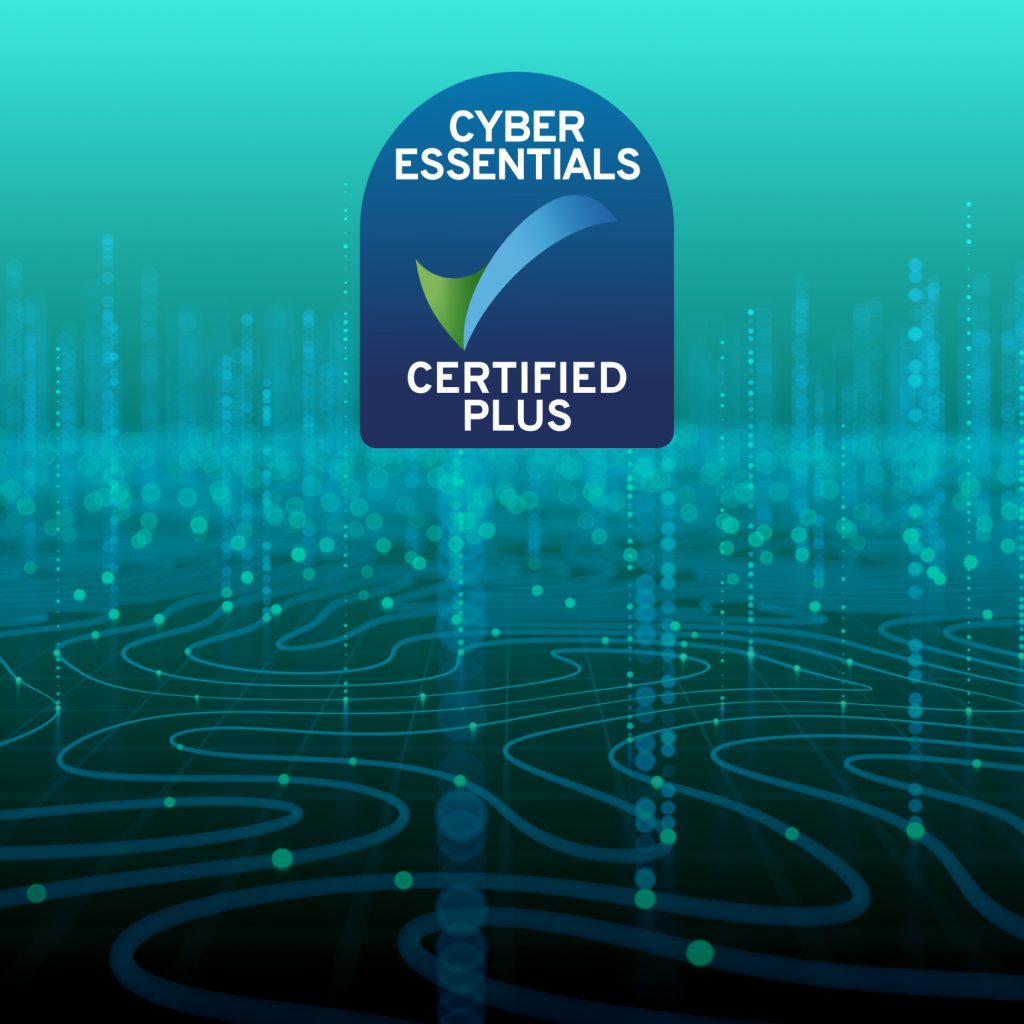One of the most interesting developments is Human Machine Interface (HMI) software. HMI software is a cutting-edge technology solution that is set to revolutionize industrial processes and tasks. In this article, we’ll find out exactly what HMI software is, how it works, and how it can benefit businesses that apply industrial processes.
What is HMI software?
Human-Machine Interface (HMI) software refers to software and custom application development solutions that provide a graphical user interface (GUI) to help operate or monitor industrial automation machines and equipment.
HMI software usually features a UI that consists of a dashboard to control and communicate with a machine, group of machines, or an entire system. The dashboard usually features input/output control functions and real-time data visualizations displayed on a graphical interface.
A simple example of a simple human-machine interface is a car dashboard. The driver can control many of the car operations through buttons or levers on the dashboard (or touch screen functionality), such as switching lights on and off, stereo tuning and volume, heaters and air conditioning, etc. The driver also receives data feedback such as speed of the vehicle, oil temperature, engine revs, etc.
The difference with industrial HMI software is that all the controls and data are available on one screen to make it convenient and efficient for the operator. The screen may be displayed on a computer monitor, tablet, smartphone, or even wearable devices such as head-mounted AR (augmented reality) smart glasses or goggles.
How does HMI software work?
Most industrial machinery uses a Programmable Logic Controller (PLC) system to control how the machine works and automate some of the functions. HMI solutions integrate with the PLC system so that when an input is changed on the HMI device, it creates an output action in the machine.
For instance, a conveyor belt may use a PLC to control the speed and direction of the belt and using HMI software could enable the operator to adjust the speed remotely. The PLC system may also use sensors and cameras to help with data acquisition or capture images and communicate them with the HMI software, enabling the operator greater supervisory control.
Most modern Human Machine Interfaces and PLC systems communicate via a cloud server and wireless internet rather than a direct wired connection. The HMI software dashboard is usually displayed on a touch screen device.
In general, there are 3 main types of HMI systems:
- Data Handler - The data handler option is best for tasks or processes that require a lot of data feedback and production reports. A HMI software setup for data handlers may include features such as data logging, alarm handling, displaying data trends, and various charts and graphs.
- Pushbutton Replacer - The pushbutton replacer option is ideal for replacing physical buttons and makes it possible to control all of the machine actions in one place, including on/off switches.
- Overseer - The overseer HMI screen is normally used for Windows applications and mobile devices. It offers a more visual UI than the other types and is ideal for decision making in larger-scale production plants, e.g. MES or SCADA systems.

HMI software use cases
HMI software can be used in any workplace that uses machinery, industrial equipment, complex processes, or robotic hardware that needs to be controlled or monitored by a human operator. Examples of industrial settings could be production or manufacturing facilities, assembly lines, engineering plants, and refineries.
HMI software can also be applied to automate tasks and interactions between humans and machines, such as vending machines or household appliances.
To illustrate how HMI software can be applied in real-life, here are some specific use cases of HMI software in action.
CNC Lathes
Computer Numerical Control (CNC) lathes are machines that rotate a piece of material at a high speed and apply cutting tools to shape and finish them. Until recently, CNC lathes have used large consoles with buttons, LEDs, and a stationary computer monitor or built-in screen. Machine-level HMI solutions can help to make CNC lathes easier to operate and monitor. Manufacturing businesses that have implemented HMI software to control CNC lathes report that it also helps to reduce errors, boost productivity, and increase machine reliability.
Plastic Molding
The production of plastic molds can be hazardous due to the use of toxic chemicals and high temperatures. For processes such as injection molding, extrusion, or thermoforming, HMI software can integrate with a PLC system to provide full motion and temperature control and monitoring.
Robotic Arm Control
Most medium to large-scale assembly lines use robotic automation these days. Although many of the tasks are fully automated and do not require human control or supervision, some operations still need human involvement and machine supervision. HMI software can be integrated with Augmented Reality (AR) solutions to make hazardous assembly tasks much safer, as the engineer or operator can carry out the task remotely.
What are the benefits of applying custom HMI software?
- Ease-of-use. If you compare the simplicity of a touch screen device running a HMI software dashboard to the complexity of a traditional piece of industrial equipment with multiple buttons, levers, switches, dials, computer consoles, LED lights, and gauges, it quickly becomes evident that HMI software is much easier for operators to both learn and use.
- Increased productivity and efficiency. The fact that HMI software brings all the control and monitoring features of a machine (or groups of machines) into one convenient dashboard or platform, means that the operator can work much more efficiently. Traditional machinery may involve the operator walking from one location to another to access various control panels, but HMI software saves time by eliminating the need to do this.
- Improved employee safety. HMI software improves safety by creating more distance between the machine operator and the machine itself. Instead of using buttons and controls that are attached or wired to the machine, HMI software provides remote access through a wireless handheld device. Visual inspections of machinery can be carried out using cameras that beam the images to the device, rather than the operator getting close to the machine and risking injury. Also, for industrial processes that involve hazardous materials, HMI software reduces the chance of coming into contact with them.
- Increased reliability. Machine reliability is one of the biggest concerns for managers or owners of any industrial facility. HMI software also acts as supervisory software, helping to make machines more reliable by providing real-time access to monitoring data captured by sensors and cameras located within the machinery. For example, for the vehicle construction sector, IoT sensors can be deployed as a part of automotive software engineering to automatically collect and transfer data to the cloud which is then displayed on the HMI screen. The data collected can be used as part of a predictive maintenance program that aims to fix problems before they cause machine failure.
- Fewer human mistakes. Operator error can cause serious problems in terms of health and safety, cost of repair, and loss of productivity. HIM software reduces the chance of operator error as it can automate some of the control systems or override certain processes if a mistake is made. The ease-of-use also makes it less likely that mistakes will happen in the first place and alerts are less likely to be missed.
- Reduced costs. Most of the benefits listed above contribute to an overall reduction in expenses and costs. The main savings to be made by implementing HMI software are maintenance costs and training of staff. Due to the increased reliability of machinery and the ability to apply predictive maintenance techniques, there will be less machine failure and less downtime for repairs. The user friendliness of the UI means that operating staff can be trained and retrained more quickly than they would for a complex arrangement of buttons, switches, and consoles.
- High return on investment (ROI). HMI software offers a good ROI. The relatively small initial outlay to implement the HMI software, get the HMI programming carried out, and purchase the necessary mobile devices to act as HMI screens, will quickly be offset by the reduced costs and increase in overall productivity.
Summary
Human Machine Interface (HMI) software is the next big thing when it comes to the supervisory control of industrial processes and machinery. In recent years, we have seen revolutionary technology come to the forefront, particularly in the manufacturing industries, such as robotics, computer automation, cloud systems, and more.
Machine level HMI software represents a natural evolution from traditional manually operated controls to modern digital, cloud-based control systems that use touch screen devices to manage most aspects of machine operation and maintenance. The benefits are plain to see - improved productivity and efficiency, reduced costs, increased reliability, and safer working environments.
Related Insights

















